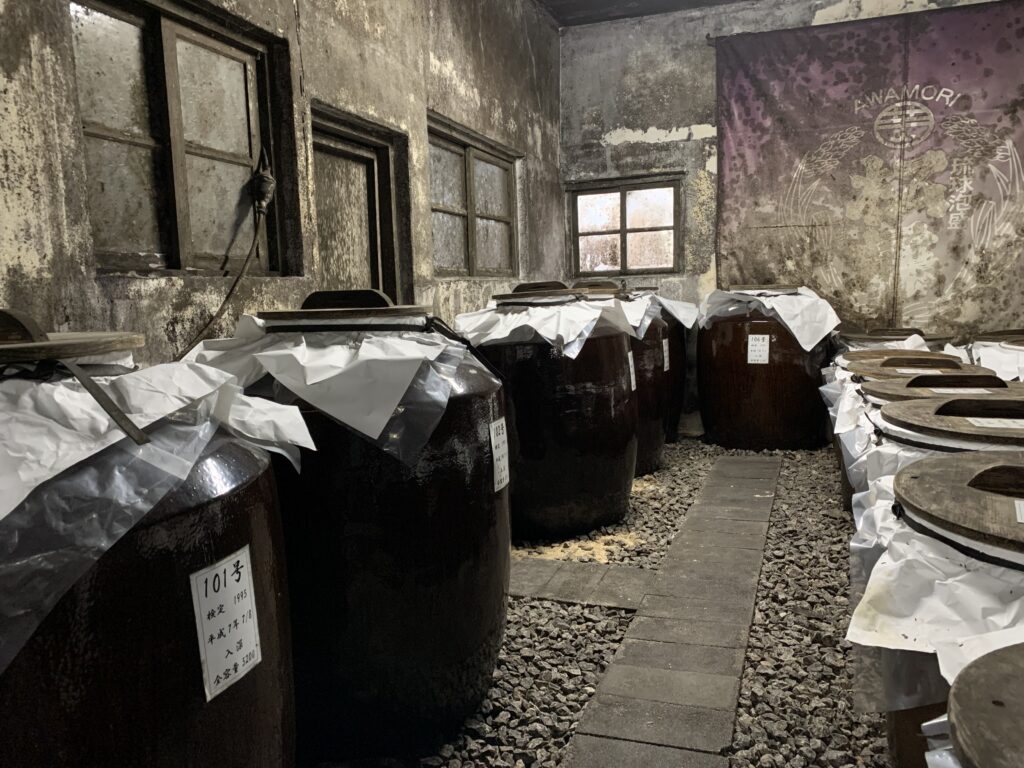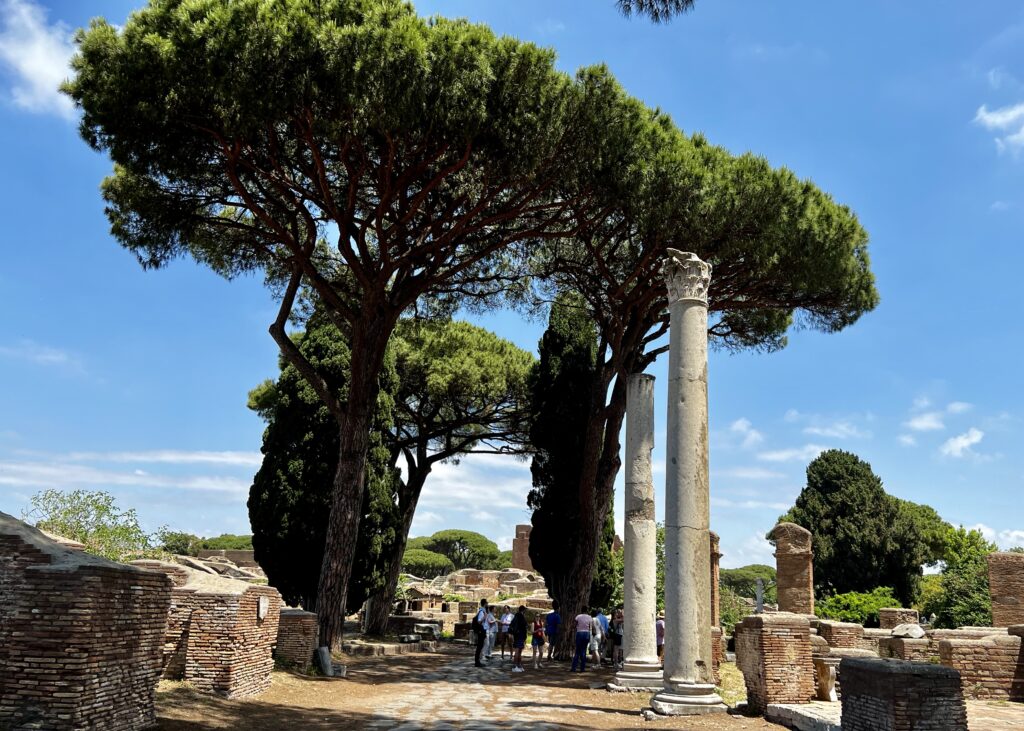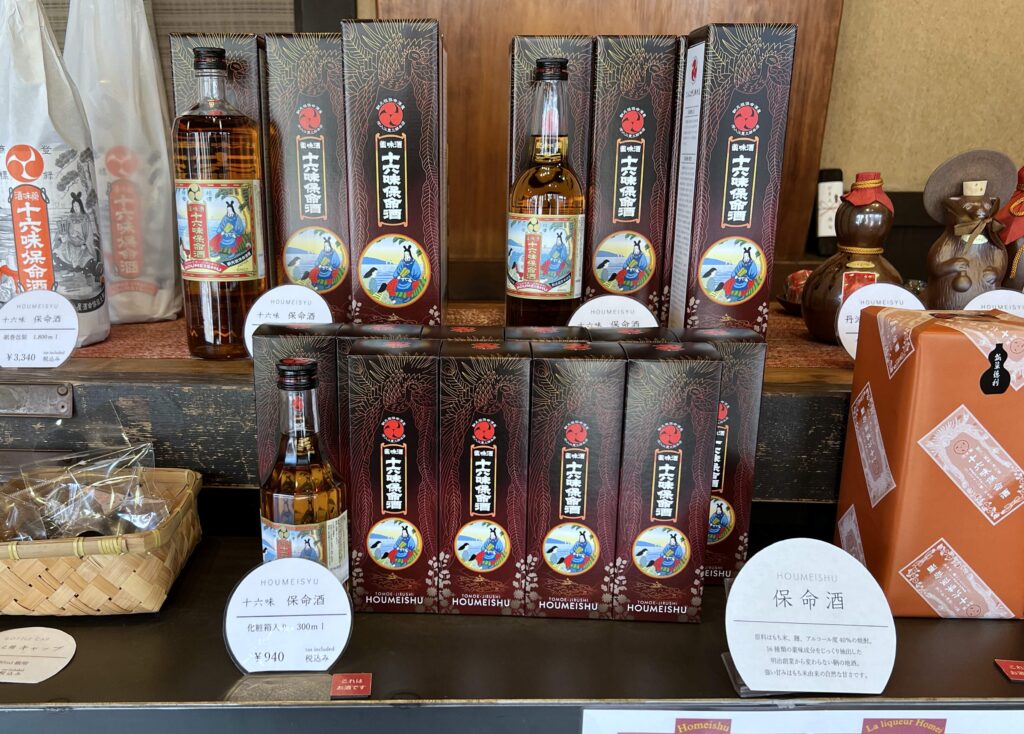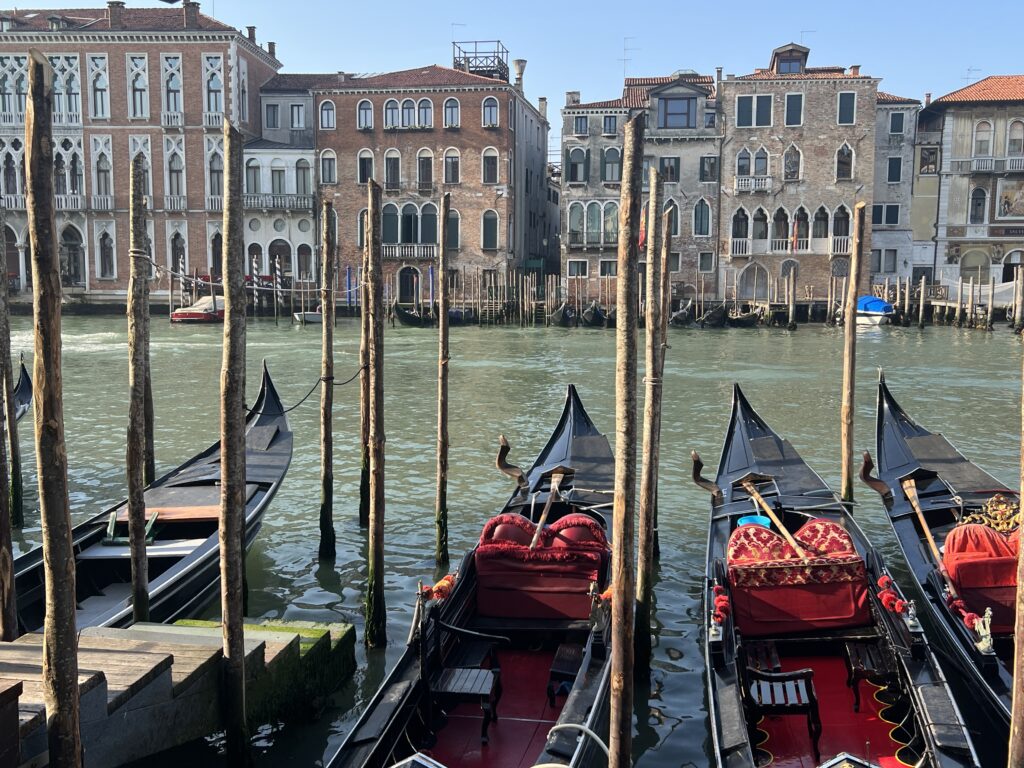The story of a river town from boom to bust
Saint Joseph Missouri was nothing more than a successful fur trading post in 1843, but by the end of the century it had grown into one of the wealthiest towns in America.
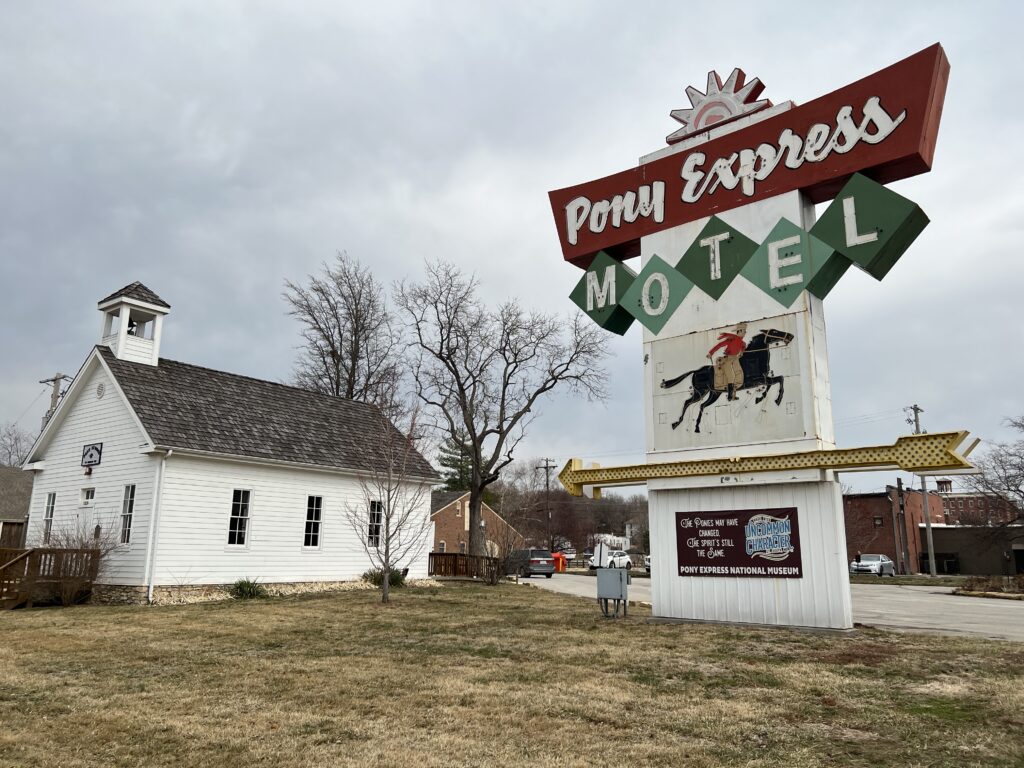
That wealth is on display today in St. Jo’s surprising number of stately mansions, making it one of our country’s best-kept secrets for historic architecture. Unfortunately, some of those mansions have long sat empty, a sobering reflection of how a boom town can go bust. On the other hand, I found more than enough to do at Saint Joseph’s impressive number of museums. It’s a great weekend getaway, just 40 miles from the new international Kansas City airport.
Saint Joseph Missouri strikes it rich
As an early gateway to the Wild West, St. Jo attracted gold prospectors, pioneers, immigrants and adventure-seekers, many of whom arrived by steamboat via the Missouri River but needed wagon trains, oxen and supplies for their westward journeys. Local merchants grew rich. Entrepreneurs poured in.
When the railroad reached St. Joseph in 1859, making it the country’s westernmost city accessible by rail, it also became a major supplier and distribution center for the entire western half of the country. After that it grew by leaps and bounds, becoming a boom town, you might say, by supplying boom towns out west.
In 1886, the Chicago Times reported that St. Joseph was a “modern wonder, a city of 60,000 inhabitants, eleven railroads, 70 passenger trains each day, 170 factories, thirteen miles of the best paved streets, the largest stockyards west of Chicago, a wholesale trade as large as that of Kansas City and Omaha combined…
“
The 1880s and 1890s were Saint Joseph’s golden years. One of the earliest American cities with an electric streetcar system, it had an opera house, theaters, three daily newspapers, a free public library, fine schools, and churches everywhere due to the town’s many immigrants. Companies thrived producing grain, paper, millinery goods, saddles, flour, furniture, carriages, and, yes, beer. Some of the hometown products you might have heard about include Cherry Mash, Big Chief writing tablet, Premium Saltine Crackers, and Aunt Jemima Pancakes. An electric sign on the city’s tallest building declared St. Joseph “A City Worth While.”
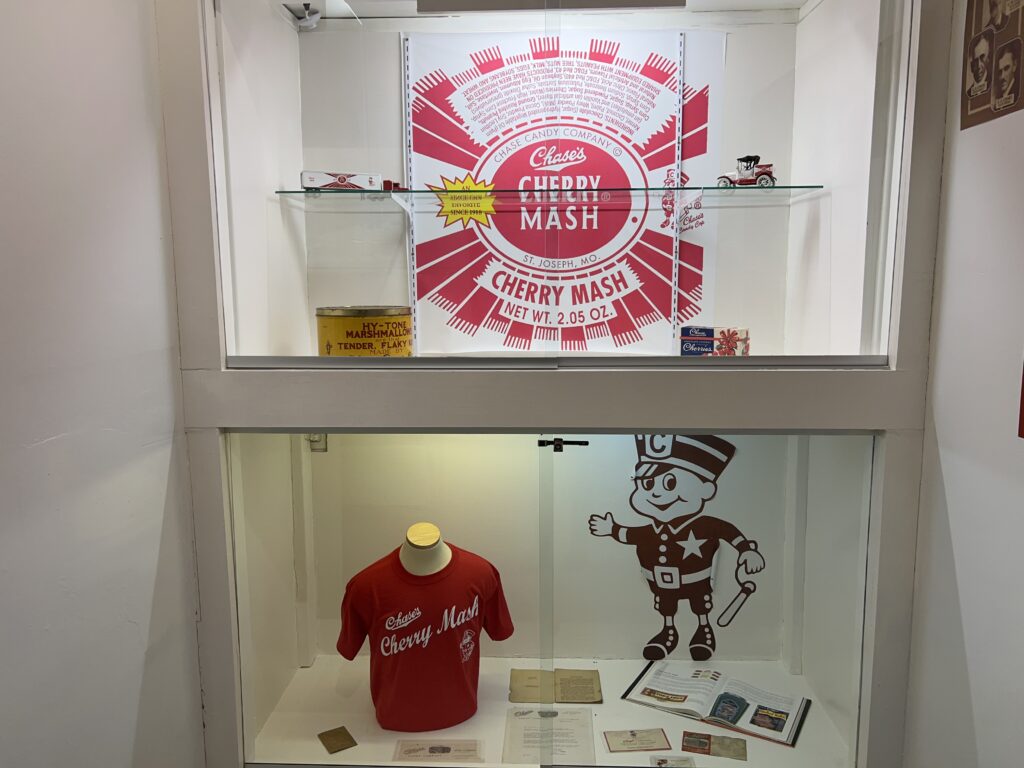
Saint Joseph’s Millionaire Row
Needless to say, a lot of Saint Joseph’s businessmen, bankers and factory owners became fabulously wealthy. A woman working at the Albrecht-Kemper Museum of Art told me that St. Jo once had more millionaires per capita than any other place in America. Of course, those millionaires needed mansions that were expressions of their wealth and status. The Albrecht-Kemper Museum of Art, for example, which displays American art from the 18th through 20th centuries, is ensconced in the former home William Kemper, who founded Big Chief).
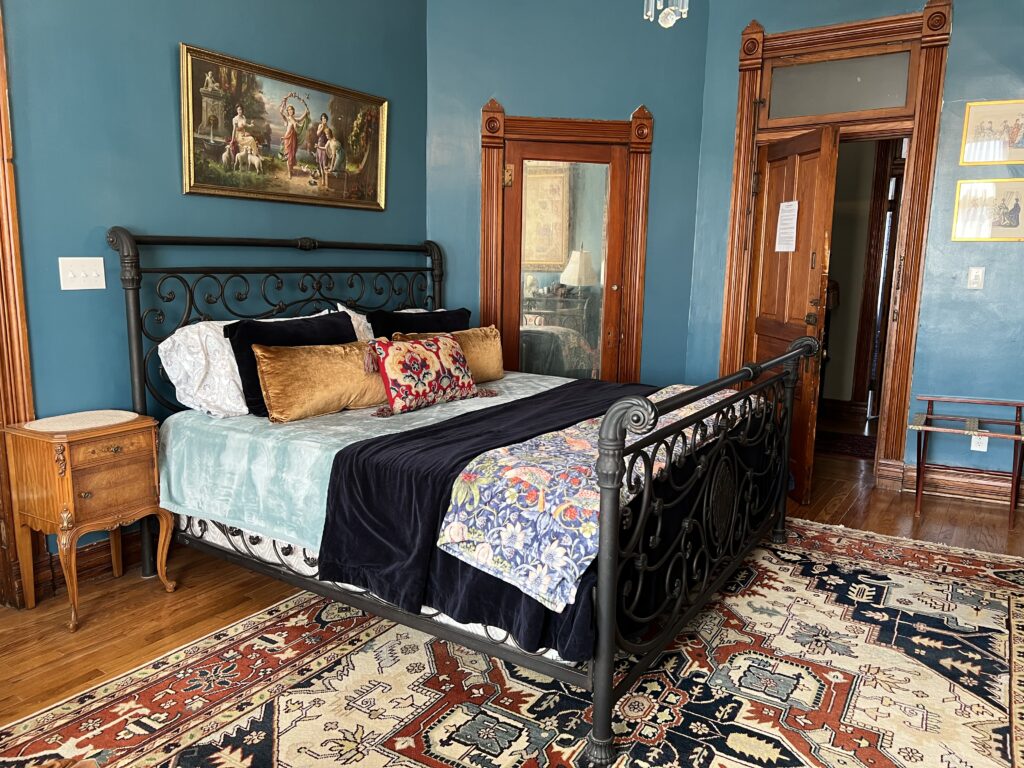
Many of the rich built their mansions–or some might say, palaces– on hills east of downtown, along Hall Street and elsewhere. The Museum Hill Neighborhood boasts an astounding 300 historic homes and is listed on the National Register of Historic Places. I love old homes, and thus I was enamored by the parade of majestic mansions built in Queen Ann, Italianate, Romanesque and Victorian styles.
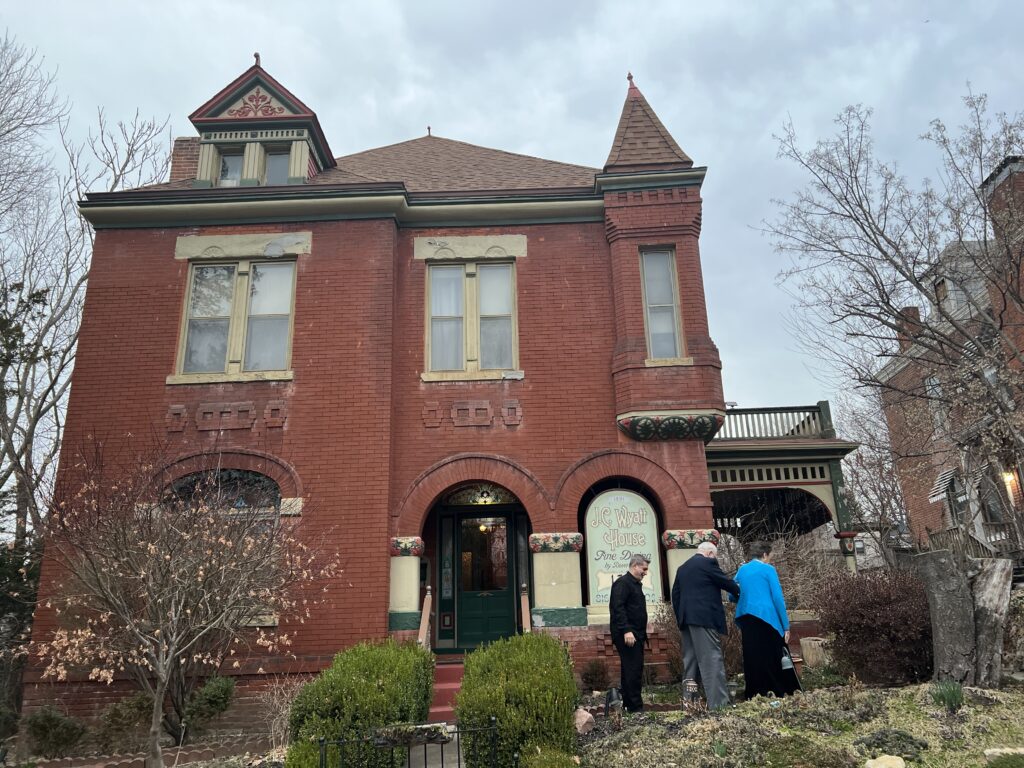
Abandoned historic homes
But sadly, St. Jo’s Gilded Years of the 1880s and 1890s are long past. Many of those once-grand estates now sit vacant, testimony, perhaps, to the fact that the city that once boasted 102,000 residents in 1900 now has fewer than 75,000. That number has held fairly steady for more than a century. Part of the problem is its proximity to Kansas City. One doctor I know who recently took a job in St. Joseph decided to park his family in Kansas City, because, he said, it’s more desirable.
But the real tragedy is that some of those old mansions aren’t just vacant or abandoned. They look like they’ve been gutted. One resident told me that wealthy buyers from elsewhere have bought homes and stripped them of all their best architectural details. It’s heartbreaking, to say the least.
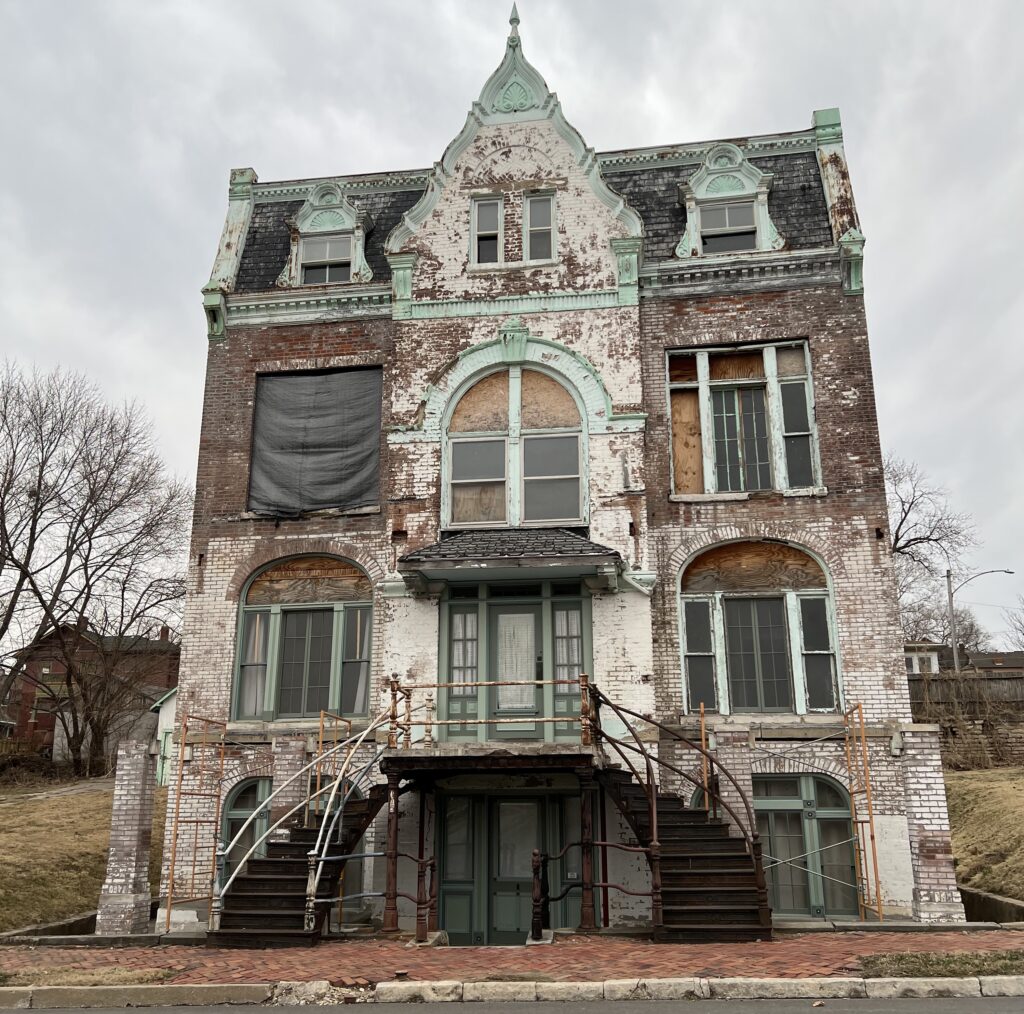
Things to do in Saint Joseph Missouri
And so a visit to Saint Joseph is a wild ride. It’s fascinating for its heyday as one of America’s wealthiest cities, its historic homes, and 13 museums, most related to its history. Jesse James, who made off like a bandit robbing 11 banks and seven trains, was killed in his own home here by a member of his gang. That home is open to the public.
You can learn about the Pony Express at its former stables, where men on horseback set out to deliver mail all the way to California in just 10 days. A former three-story hotel is now a museum packed full of items and artifacts that were the stuff of life in older days. In my opinion, it’s the best reason for a visit to St. Jo. But then there’s also the psychiatric museum located in a former lunatic asylum, certainly one of the most unusual museums in the country. Its displays are so shocking you can’t look away.
But to read more about these museums and Saint Joseph’s history, check out my article published in shebuystravel.com, 15+ Fun Things to do in Saint Joseph Missouri, Home of the Pony Express.
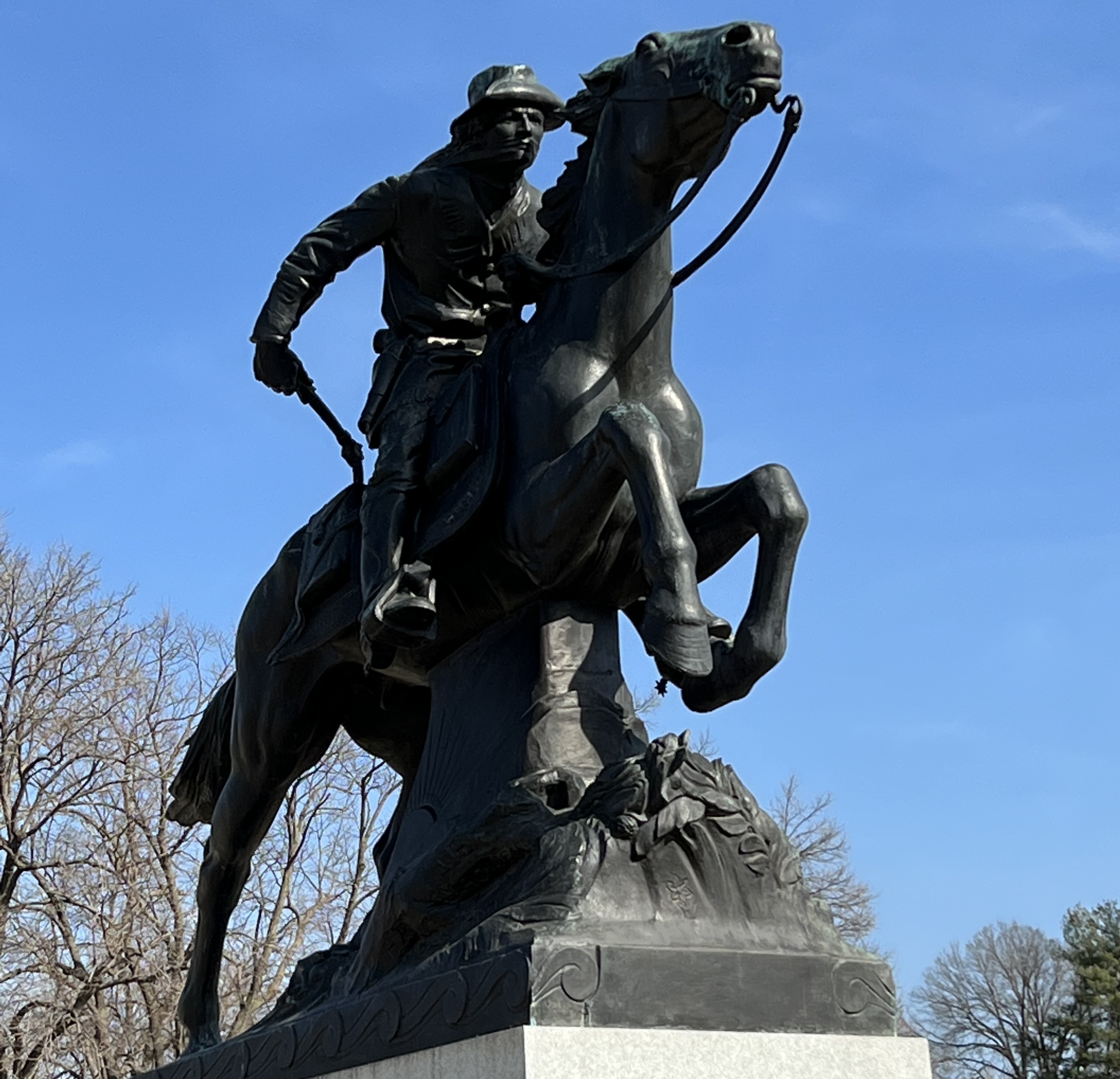
For more on Missouri towns, see my post Rocheport a 1950s time capsule in Missouri and my USA Today article on the Hermann Wine Trail, centered on Hermann.
